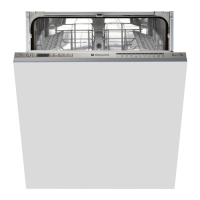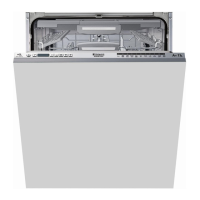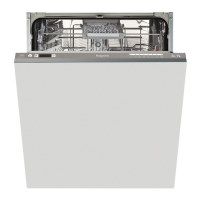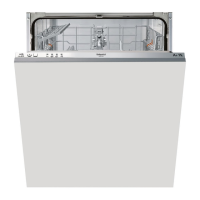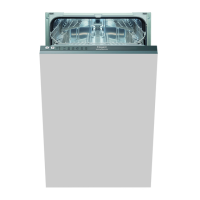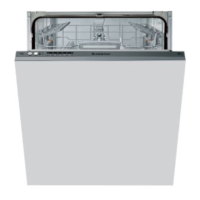1
Operating instructions
Contents
Product Fiche, 2
Precautions, advice and Assistance, 3-4
General safety
Disposal
Saving energy and respecting the environment
Assistance
Installation, 5-6
Positioning and levelling
Connecting the water and electricity supplies
Advice regarding the first wash cycle
Technical data
Description of the appliance, 7
Overall view
Control panel
Loading the racks, 8-9
Lower rack
Cutlery basket
Upper rack
Cutlery tray
Adjusting upper rack
Start-up and use, 10
Starting the dishwasher
Measuring out the detergent
Wash cycles, 11
Table of wash cycles
Special wash cycles and Options, 12
Rinse aid and refined salt, 13
Measuring out the rinse aid
Measuring out the refined salt
Care and maintenance, 14
Shutting off the water and electricity supplies
Cleaning the dishwasher
Preventing unpleasant odours
Cleaning the sprayer arms
Cleaning the water inlet filter
Cleaning the filters
Leaving the machine unused for extended periods
Troubleshooting, 15
English, 1
EN
LTF 11M121
DISHWASHER
RU
Русский, 16
KZ
Қазақша, 31
